Clutter Free Gift Ideas
 Do you like giving and receiving gifts? It can be fun, meaningful, and heartwarming. Unfortunately, it can also make our home feel like it’s bursting at the seams with toys, clothes, and electronics. After the gift giving season is over do you dread having to make room for all that stuff? Do you detest having to shift things around, box things up, move things to the basement, or get rid of things, just to fit comfortably in your home once again? Would it be nice if you could avoid all that? I have 25 organizer friendly gift ideas that concentrate on giving and receiving consumables and experiences, not stuff. Therefore, you won’t have to struggle with all that stuff, you can just make plans with family and friends and enjoy.
Do you like giving and receiving gifts? It can be fun, meaningful, and heartwarming. Unfortunately, it can also make our home feel like it’s bursting at the seams with toys, clothes, and electronics. After the gift giving season is over do you dread having to make room for all that stuff? Do you detest having to shift things around, box things up, move things to the basement, or get rid of things, just to fit comfortably in your home once again? Would it be nice if you could avoid all that? I have 25 organizer friendly gift ideas that concentrate on giving and receiving consumables and experiences, not stuff. Therefore, you won’t have to struggle with all that stuff, you can just make plans with family and friends and enjoy.
25 Organizer Friendly, Clutter Free Gift Ideas
- A cultural experience to a play, performance, or theater
- An adventure or fun family outing
- Activities, clubs, classes, or lessons
- A day pass, membership or special program at a zoo or aquarium
- A useful automobile related gift like car washing or detailing
- A helpful housework booster
- Tickets to a sporting event
- Movie passes or movie night
- Salon treatment or spa day
- Gifts of time or a financial contribution
- Food in one form or another
- Donation to charity in recipient’s name
- Fitness Membership or classes
- Books or music for electronic devices
- Tickets to a concert or musical performance
- Involvement in nature clubs, groups or organizations
- Shopping for charity
- Membership or passes to a museum
- Gifts of your time and memories
- Small acts of kindness
- Volunteering at a local food bank, homeless shelter, hospital, etc.
- A small dose of nature like cut flowers, floral arrangements, or live wreath
- Assistance for necessities to homeless, seniors, or anyone in need
- Count your blessings and share them with friends and family
- Gift certificate for my services
If you have other clutter free gift ideas please share them with me.
Happy Holidays from the Helpful Organizer, Janine Cavanaugh, CPO®
©December 2014 Janine Cavanaugh, CPO® All Rights Reserved

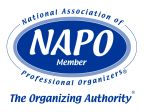
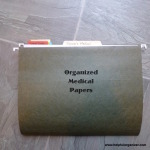
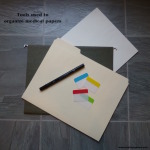

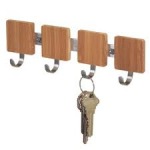



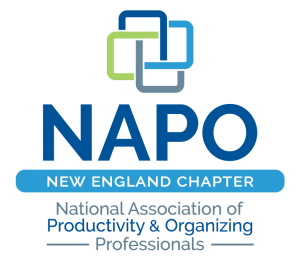
Follow Me